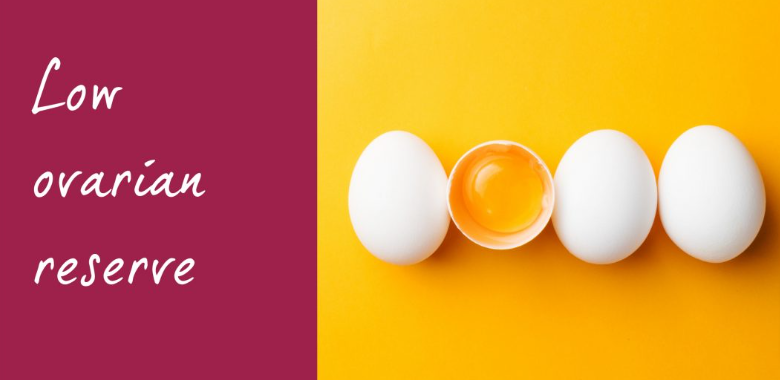Patients with poor ovarian reserve are difficult
patients to treat for IVF specialists, and the success rate is usually poor.
This is because IVF pregnancy rates depend on the quality of the embryos we
transfer, which in turn depends on egg quality.
Because they are poor ovarian responders ,
the quality and quantity of embryos we are able to generate for
these patients is usually poor. This is why it’s quite challenging to help
these women have a baby . You need to understand
what your treatment options are , so you can follow this in an organised
systematic fashion.
For patients who have had a poor ovarian
response in an earlier IVF cycle , the first option is to increase the dose of
injections used for super ovulation . It’s impossible to predict whether this
will improve ovarian response, but it gives you peace of mind knowing you have
explored all the possible options. For these patients, we usually treat them
with Vitamin D and DHEA prior to starting the IVF cycle, because this can help
to improve their ovarian reserve. Additional supplements such as growth hormone
don’t have any beneficial effect , which is why we don't use these .
If the response to the increased dose of super
ovulation hormones doesn't help , then our next step is to a mini stimulation protocol . This may sound paradoxical. After all, if a large dose of hormones
didn’t work, then how will a smaller dose help ? The hypothesis is that if even
using a large dose of hormones doesn't allow us to recruit a large number of
mature eggs , then we might as well settle for recruiting a small number of
mature eggs by using a lower dose of injections. Surprisingly , the response to
this lower dose can be quite good in some patients , so this is a low risk low
cost approach that is well worth trying. We will go ahead even if there is one
single follicle in these patients, because each of these eggs is worth its
weight in gold, and we need to maximize their chances of getting pregnant.
The aim of all these protocols is to get enough
eggs so that we can generate enough embryos to give patients a good chance of
having a baby. We pool these embryos in 3-4 sequential IVF cycles, and don't
transfer any of them. Our goal is to store at least 3- 4 top quality frozen
blastocysts before we start transferring them. Ovarian reserve keeps on
declining as you get older , while your frozen embryos will remain as good as
new , no matter when we use them.
It's true that this particular treatment plan
takes quite a lot of time and can be quite expensive. This is why these
challenging patients need to have realistic expectations of what IVF technology
can offer them so that they have peace of mind they did their best in their
quest for a baby.
If everything fails , then Plan B is to use
donor eggs . This has a much higher success rate, and it’s easier to accept
this option when you know that you have tried everything possible to get
pregnant with your own eggs , but everything you tried hasn't worked.
Send me your medical details by filling in the free second opinion form at https://www.drmalpani.com/free-second-opinion and I'll be happy to help you to have a baby !

No comments:
Post a Comment